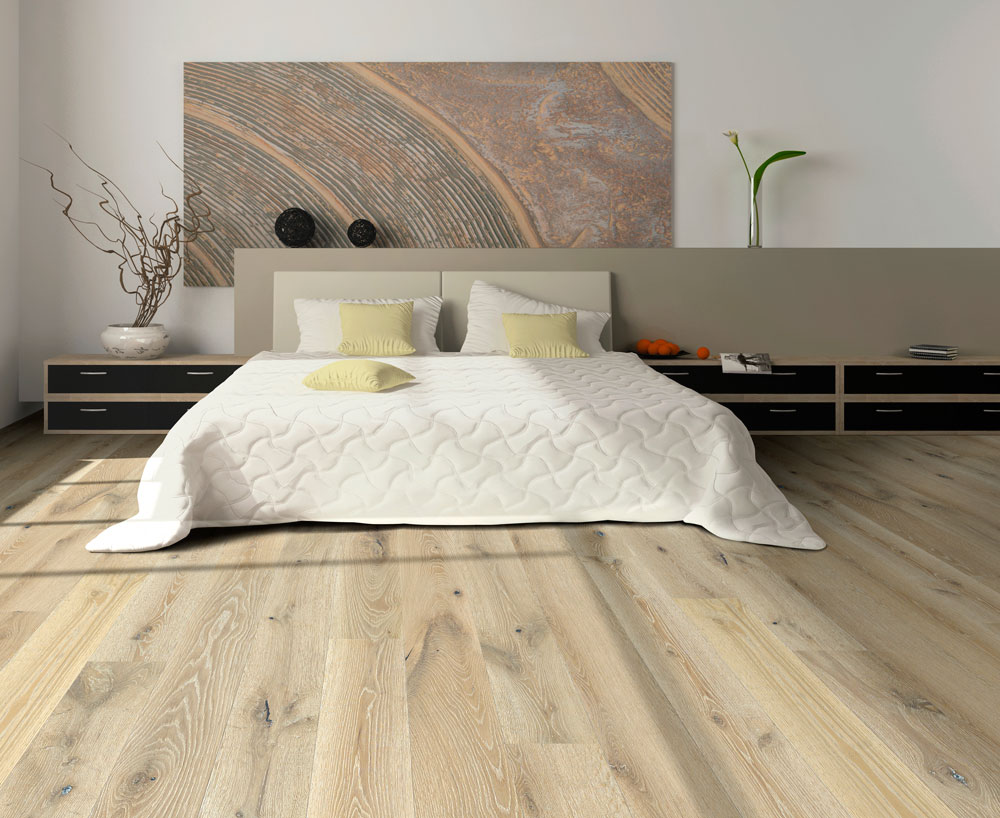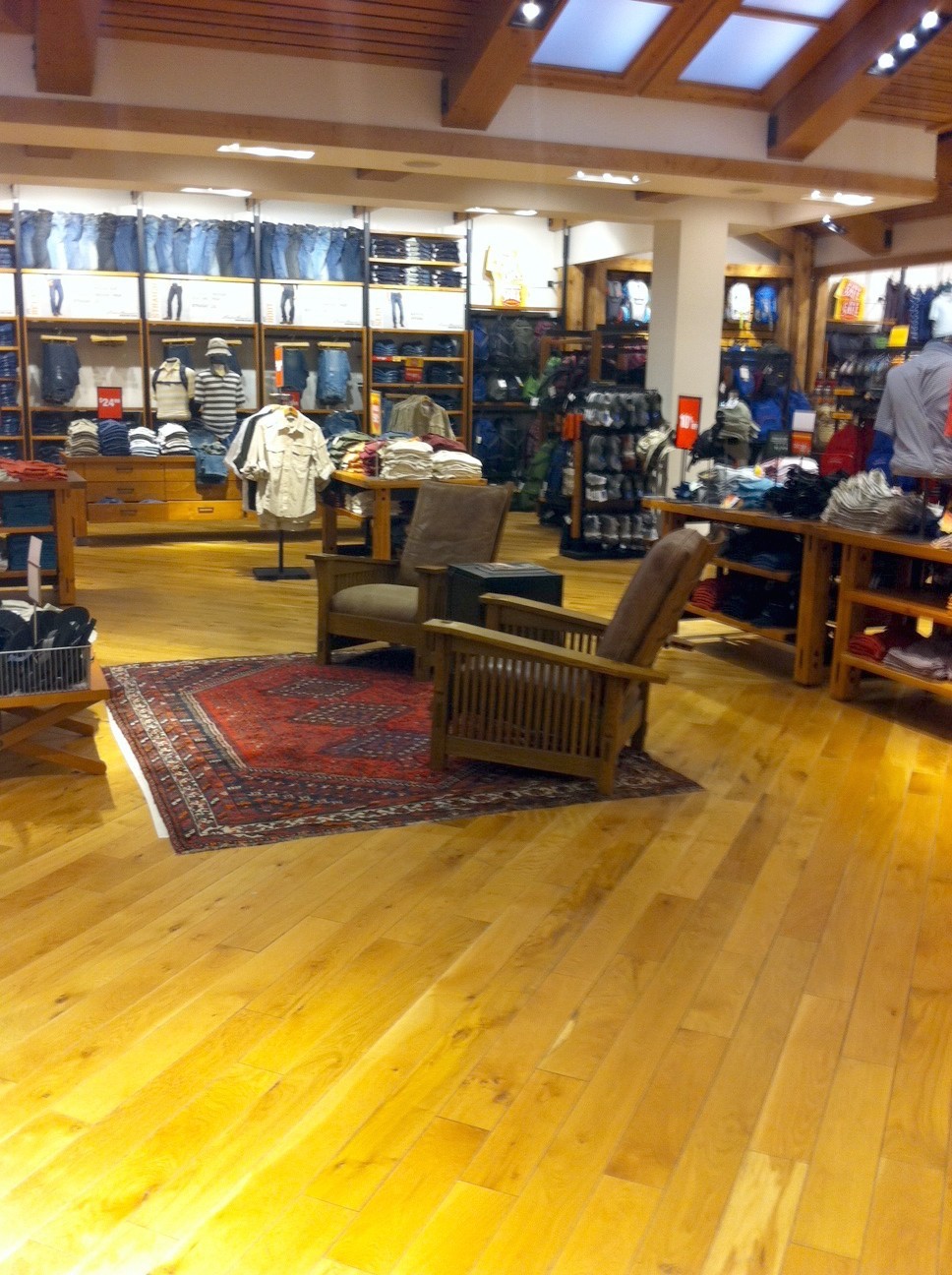So you’ve picked your wood, now you have to decide on a pattern of your new hardwood floors. Sure, you can go classic horizontal or straight. It’s time tested and a safe choice. But there are many other patterns to choose from and some patterns may work better in different rooms. Today we’ll deal with the top three hardwood floor patterns, and then we’ll move on to more intricate designs in later blogs. Stay tuned.

Horizontal flooring pattern
When you pick the direction of your horizontal floors, make sure that the boards are running alongside the longest wall in the room. This will help elongate the room, making it look bigger.
If your floors follow the orientation of the shortest wall, you cut cut off your room making it seem smaller than it actually is. No one wants a room to look smaller.
The benefits of the horizontal flooring pattern is that it is installation process if fairly simple. There is little waste involved as the straight boards require little intricate cutting and shaping and it is an easy pattern to continue from room to room.
On the other hand, everyone has horizontal hardwood floors. Don’t you want yours to stand out a little. And, if you have an odd shaped room, the horizontal pattern could become more complicated and muddled.
Diagonal flooring pattern
Speaking of odd shaped or small rooms, a diagonal pattern can make a small room look bigger and the non-traditional diagonal pattern can make an odd shaped room feel less odd.
This pattern is also easy to continue from room to room making the home seem uniform. But, there is a fair bit of waste involved in diagonal floors, as the odd lengths and diagonal lines require more cutting and shaping that the horizontal flooring pattern.
Chevron flooring pattern

A chevron pattern will elevate the elegance of your floors. This pattern automatically makes you think luxury and wealth. In recent years, we’re seeing more and more people ask for this pattern in their homes. This pattern is timeless.
The trick to this is uniformity. If each “chevron” isn’t exact across the room, you’ll quickly go dizzy looking at it. If done correctly it can create length and a bit of flair in every room. You HAVE to have a professional and skilled hardwood flooring craftsman to pull off this pattern. And again, there is a bit of waste involved.
If you’re going for a less expensive wood, an intricate pattern can help elevate your wood choices.

